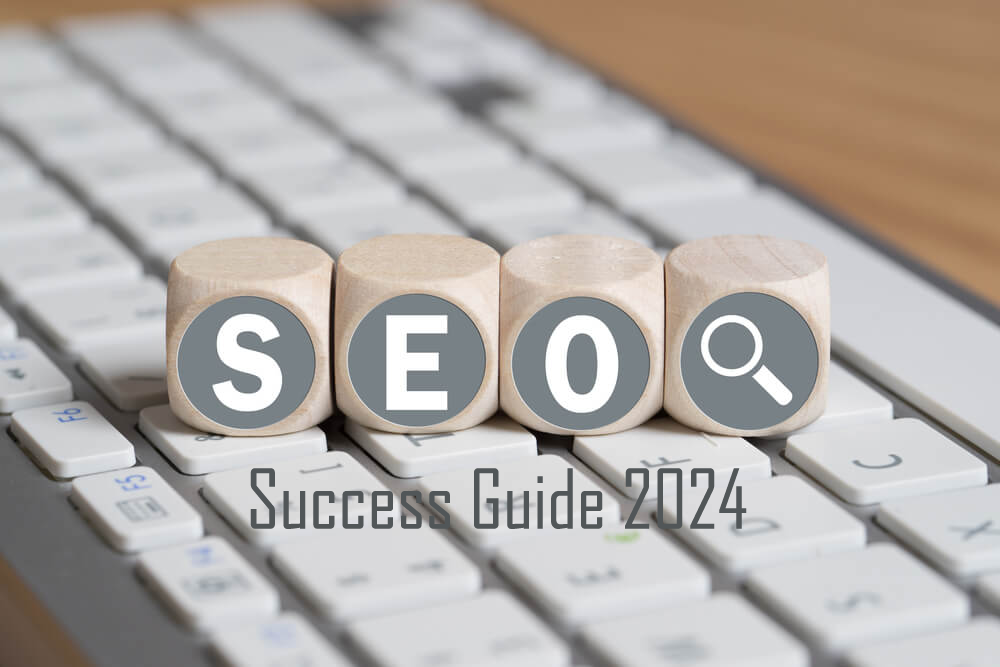In the past several years, technology has altered many aspects of our lives, and education is no different. Augmented reality (AR), formerly confined to science fiction, has emerged as a powerful technology capable of fundamentally changing the learning environment.
Table of Contents
Exposing Augmented Reality in Teaching:
A technology called augmented reality, or AR for short, superimposes digital data or material on the physical world. Virtual Reality (VR) immerses users in a fully virtual environment; on the other hand, Augmented Reality (AR) augments the actual world with computer-generated components, so seamlessly fusing the virtual and physical worlds.
Teachers Can Use ZapWorks
ZapWorks is a user-friendly AR content production platform designed with educators in mind. With the help of this intuitive programme, instructors can create augmented reality material without needing to know a lot of code. By superimposing digital content over real things, they can create interesting learning experiences. With ZapWorks, educators may create courses that are precisely adapted to their curriculum, enabling a wider spectrum of teaching professionals to use augmented reality into their classes.
Interesting Lesson Plans
By converting instructional content into interactive games, augmented reality offers teachers a useful tool for gamifying lesson plans. In order to create a competitive and interesting learning environment that not only captures students’ attention but also motivates them to actively participate in class and achieve academic success, teachers might design challenges, puzzles, or quests that are connected to the curriculum material.
Exploring Augmented Reality for Education Purposes
Deliberating Augmented Reality in education means unraveling its intricate tapestry of digital augmentation within physical learning spaces. Augmented reality (AR) overlays digital information over real world environments to increase learner comprehension and interaction.
Educationally speaking, augmentative enhancement goes far beyond providing visual aids; rather it encompasses creating engaging and immersive learning experiences to enrich the process of education. Augmented Reality in Education allows textbooks and historical events to come alive through interactive interfaces, while abstract concepts come to life with tangible forms.
This definition encompasses AR’s transformative power in classroom settings where traditional education becomes dynamic hubs of knowledge where students take an active part in their education journeys rather than passive recipients of information.
Applications of Augmented Reality in Education:
Interactive Learning Modules
AR uses interactive 3D models, simulations, and animations to make textbooks come to life. Pupils may study difficult topics like physics, geography, or anatomy in a more interesting and practical way, which will improve their comprehension of difficult ideas.
Virtual Field excursions
Using augmented reality (AR) to send students on virtual field excursions is one of the most interesting uses of AR in education. With the use of augmented reality (AR), students may experience locations and ideas that would not otherwise be possible, whether they are diving into the ocean or touring the world’s historic marvels.
Language acquisition
By superimposing pronunciation instructions, contextual cues, and translations on actual items, augmented reality (AR) can help with language acquisition. This immersion method improves language learning by associating words and phrases with concrete events.
Skill Development
AR has the potential to be a useful tool for both skill development and vocational training. Augmented Reality (AR) offers a risk-free environment for hands-on learning, from mechanics working on virtual engines to medical students doing virtual surgery.
Benefits of Augmented Reality in Education:
Enhanced Engagement: It’s not always easy for traditional teaching strategies to hold students’ attention. By adding excitement and originality to the learning process, augmented reality (AR) improves student engagement and enjoyment.
Heightened Engagement
Augmented Reality (AR) introduces a fresh energy into educational settings through its ability to heighten student engagement. Traditional teaching methods often fail to capture the interest of today’s modern learners, while AR changes this narrative. Imagine a history lesson where students could not only read about ancient civilizations, but virtually traverse their streets, or a biology class in which anatomy wasn’t limited to textbooks but explored in an interactive 3D space.
AR turns abstract subjects into immersive experiences, engaging students more fully in their educational experience than simply watching as spectators. AR’s immersive content ensures students remain active participants throughout their learning journey; its high engagement isn’t simply fleeting but is sustained throughout. Students experience this high state of curiosity and enthusiasm throughout their educational endeavors.
Enhance understanding through enhanced comprehension

Augmented Reality’s main advantage in education lies in its capacity to enhance comprehension of complex or abstract subjects, particularly math – often seen as the perennial challenge for many students. AR can turn mathematical concepts into interactive visualizations where geometric theorems come alive or algebraic equations take tangible form – helping students better comprehend complex topics by providing visual aids that make them more approachable and understandable.
AR can play an invaluable role in science education by offering interactive simulations that allow students to virtually conduct experiments or explore complex biological systems. This hands-on approach not only deepens understanding but also fosters curiosity and exploration. The result is more profound and lasting comprehension of subjects that may have seemed daunting before.
Integrating Theory and Practice for Better Understanding
One of the key challenges of education is reconciling theoretical knowledge with real-world applications, but Augmented Reality (AR) makes this easier by creating simulations that mimic real-life situations. For instance, in physics classes students can experiment with virtual pendulums to study principles of motion – without needing physical lab facilities! Not only does AR address this gap in learning directly but it also cultivates problem-solving skills while deepening an appreciation of academic knowledge’s practical implications – making classrooms dynamic laboratories where theory comes alive!
Tailored Educational Journeys
Since no two students study in the same way, augmented reality (AR) creates personalised learning journeys to accommodate this variety. With interactive simulations, students may customise the lectures to fit their unique learning preferences and proceed at their own speed. For example, in order to suit individual interests and learning modalities, students can virtually tour historical locations at their own speed in history lessons. This not only accommodates varied learning methods.














Silas Bruce